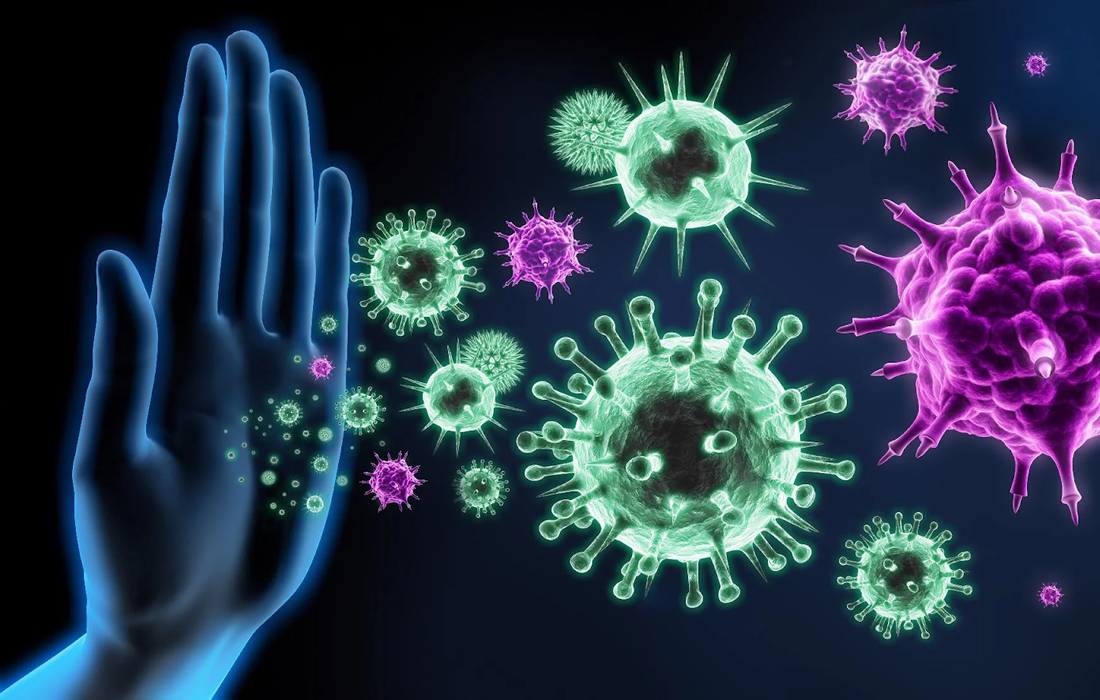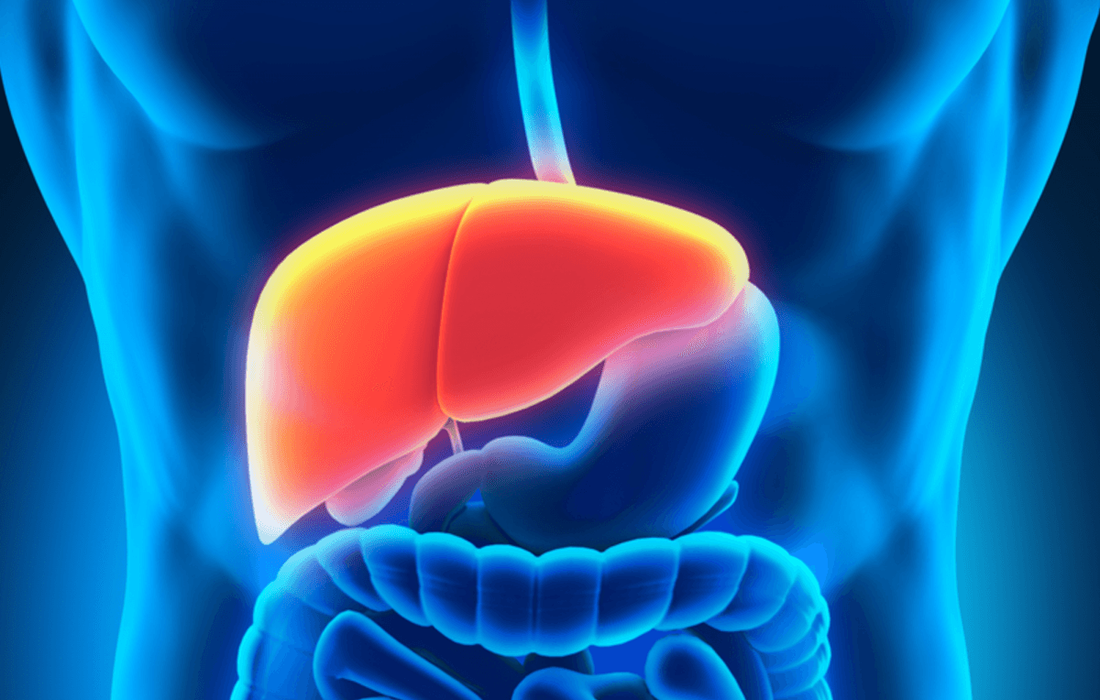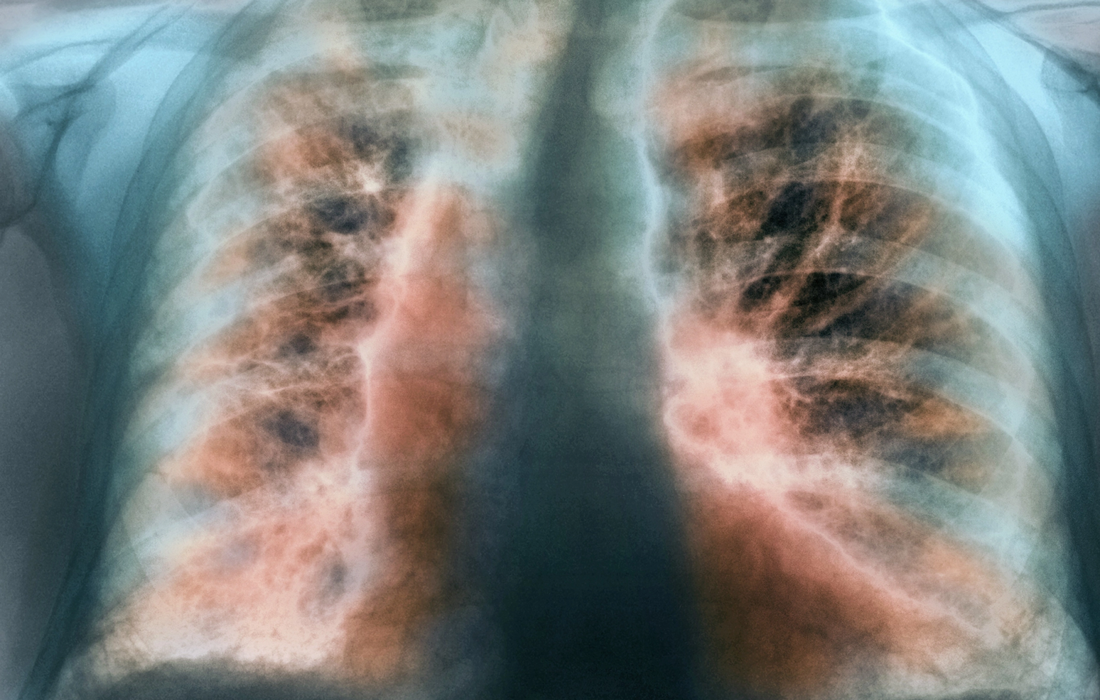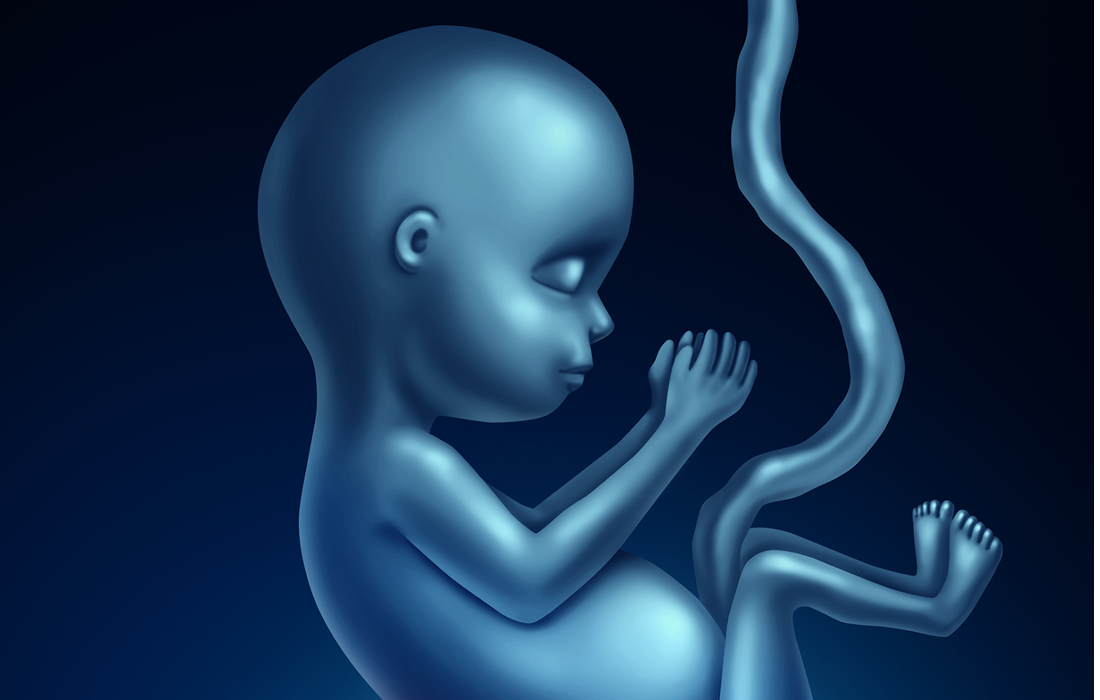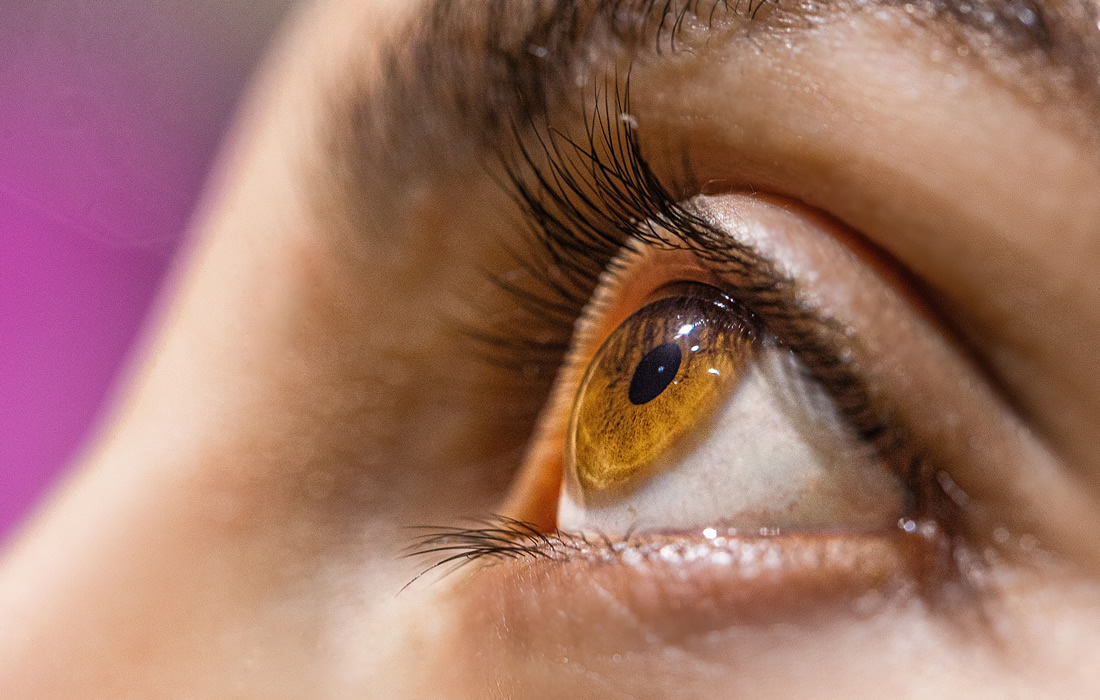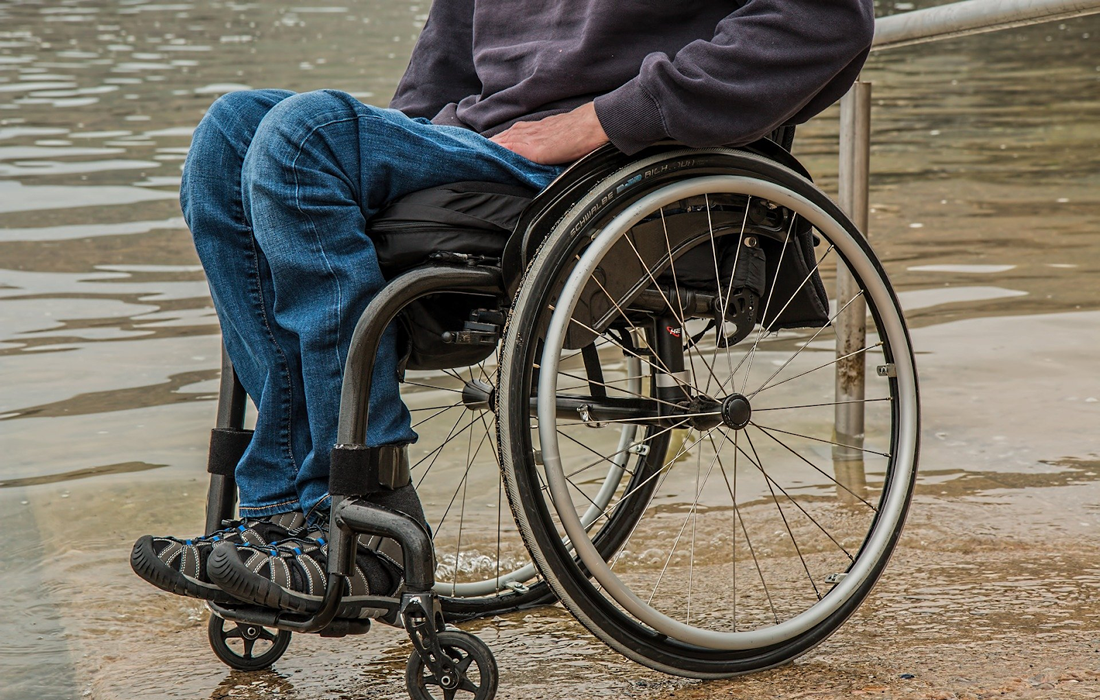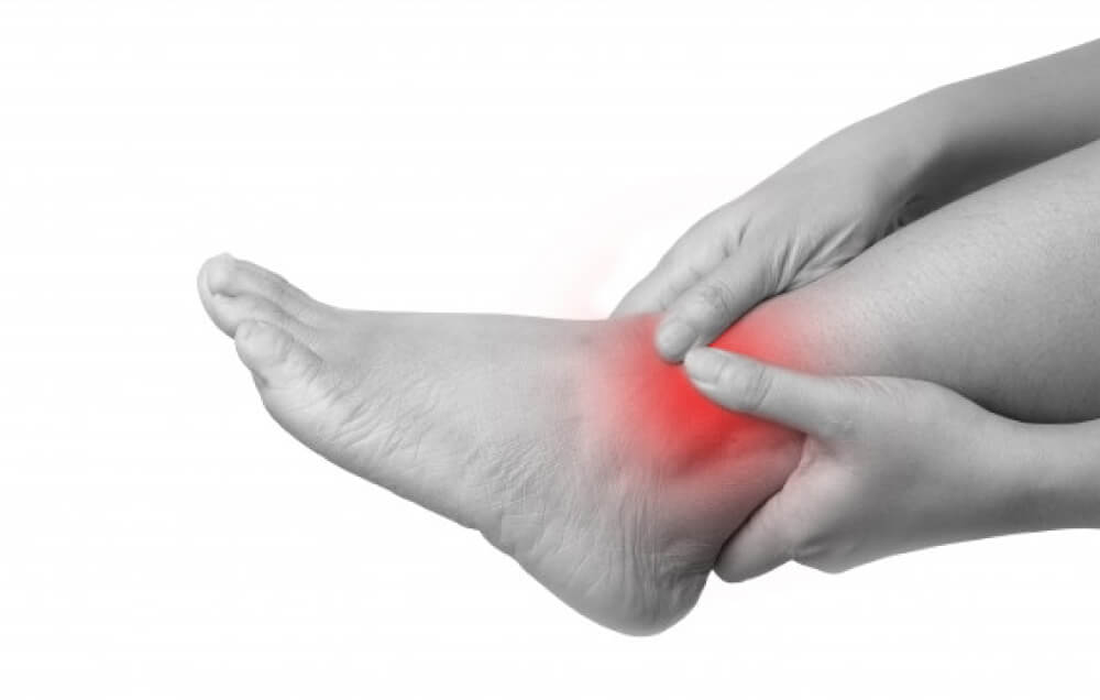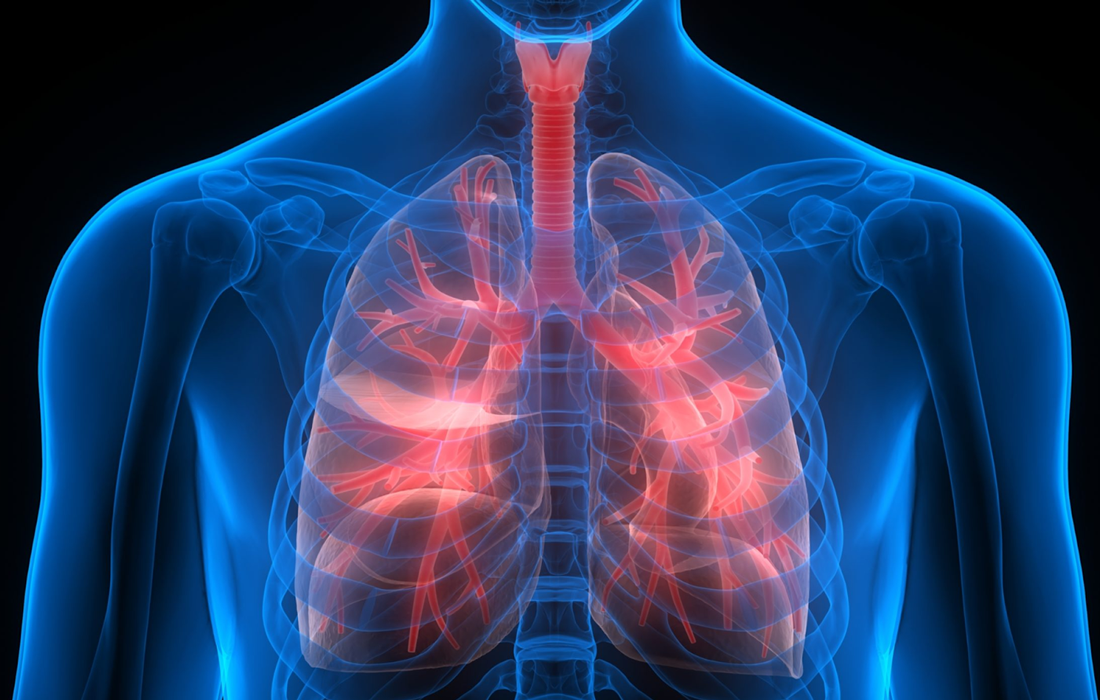Mesenchymal stem cells have been used extensively in skin therapies, because they have a broad paracrine action on dermal cells; they stimulate angiogenesis; they protect other cells from the peroxide-mediated damage; and also modulate inflammation, pain, and immune tolerance.The use of adipose-derived stem cells in skin has been described in diverse clinical studies, with satisfactory […]
Category Archives: Stem Cell Therapy for Specific Conditions
Autologous hematopoietic stem cell transplantation (aHSCT) has shown great potential in subjects with multiple sclerosis (MS). Previous work showed a slow return of naïve T cells after aHSCT. However, the dynamics of new and surviving T cells after aHSCT remains to be elucidated. Autologous hematopoietic stem cell transplantation (aHSCT) is a highly effective treatment of […]
Mesenchymal stem cells (MSCs) therapy is showing potential therapeutic effects on liver function improvement in patients with chronic liver disease and acute chronic liver disease (ACLD). These diseases are mainly caused by alcoholic cirrhosis , high fat blood levels, autoimmune disease or a viral infection, among others. Clinical studies have found that allogeneic BM-MSCs are […]
Posttraumatic stress disorder (PTSD) is a syndrome resulting from exposure to real or threatened serious injury or sexual assault. The signs and symptoms of PTSD appear to arise from complex interactions of psychological and neurobiological factors. Studies have found alterations in the amygdala, prefrontal cortex, hippocampus, and anterior cingulate, and corpus callosum as well as […]
The lung is a highly complex organ; it is responsible for respiration but it also acts as a barrier to exterior pathogens and pollutants. It’s composed of over forty different cell types that make up the three major pulmonary regions: tracheobronchial, intralobar airway, and alveolar. The adult lung is a highly quiescent organ; however, after […]
Spina bifida, also known as myelomeningocele, occurs when spinal tissue fails to fuse properly during the early stages of pregnancy. The birth defect can lead to a range of lifelong cognitive, mobility, urinary and bowel disabilities. It affects 1,500 to 2,000 children in the U.S. every year. It is often diagnosed through ultrasound. While surgery […]
The surface of the cornea is maintained by corneal epithelial stem cells located in the transition zone between the cornea and conjunctiva—the limbus . Limbal stem cell deficiency (LSCD) is an irreversible disease resulting from the loss or dysfunction of these epithelial stem cells. The corneal epithelium becomes deficient and is replaced by the surrounding […]
Engineered tissue containing human stem cells has allowed paraplegic rats to walk independently and regain sensory perception. The implanted rats also show some degree of healing in their spinal cords. The research, published in Frontiers in Neuroscience, demonstrates the great potential of stem cells — undifferentiated cells that can develop into numerous different types of […]
Tendons are connective tissue that tether our muscles to our bones. They improve our stability and facilitate the transfer of force that allows us to move. But they are also particularly susceptible to injury and damage. Unfortunately, once tendons are injured, they rarely fully recover, which can result in limited mobility and require long-term pain […]
Pulmonary arterial hypertension (PAH) is a devastating disease that is caused by a progressive increase in pulmonary vascular resistance, largely because of severe remodeling of distal lung arterioles. By definition, pulmonary hypertension refers to the condition in which resting mean pulmonary arterial pressure (mPAP) is greater than 25 mmHg. Etiology The strict definition of PAH […]


